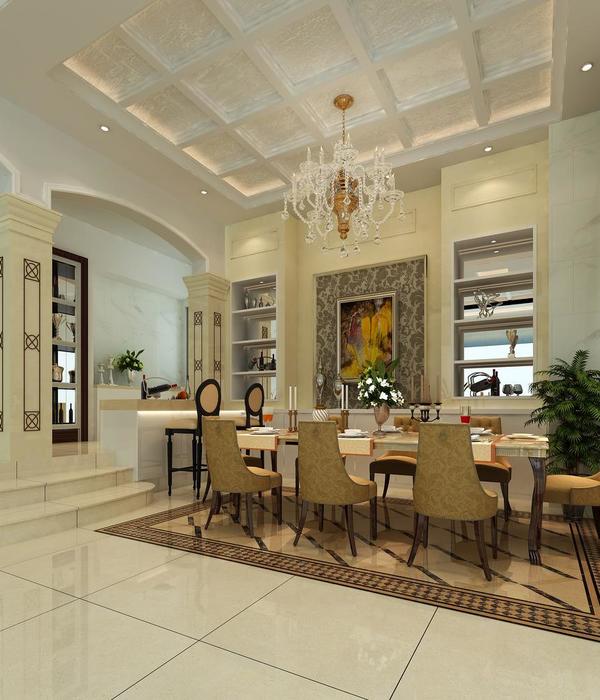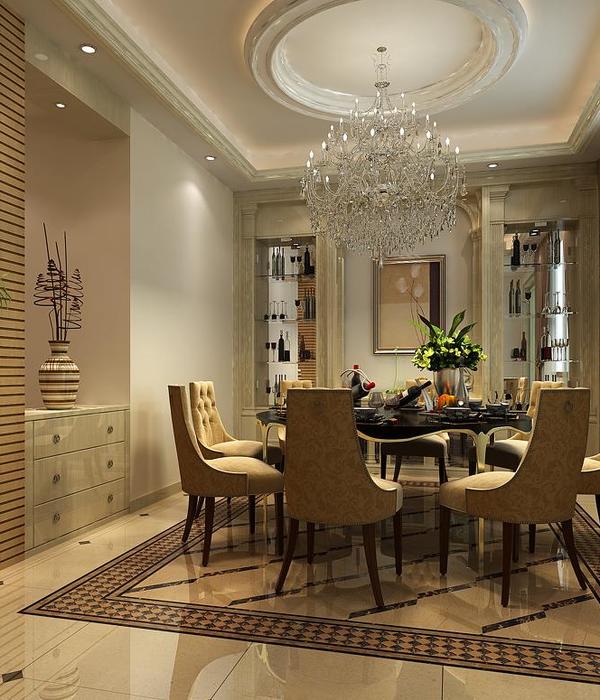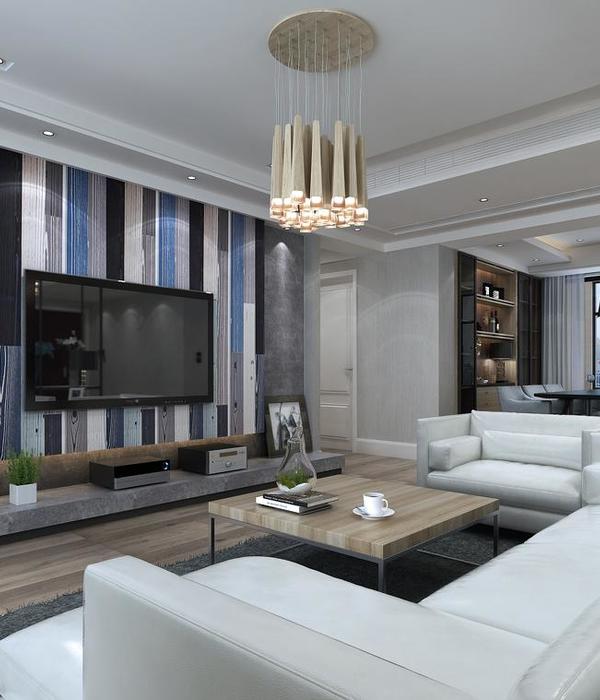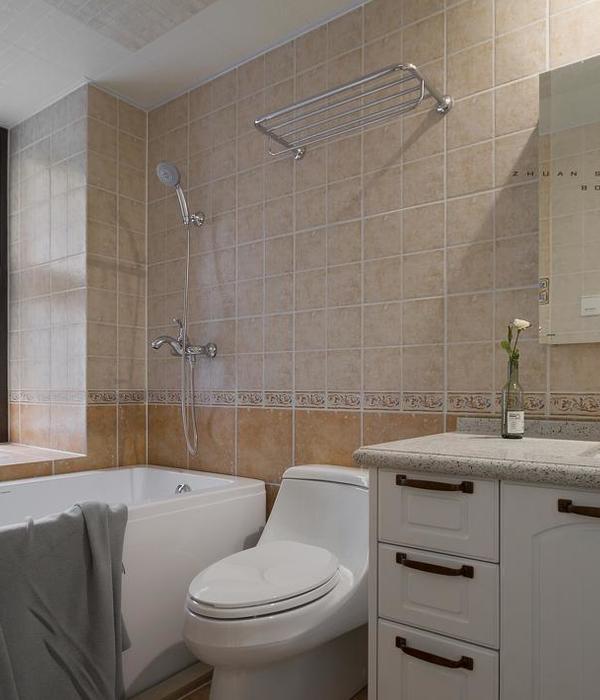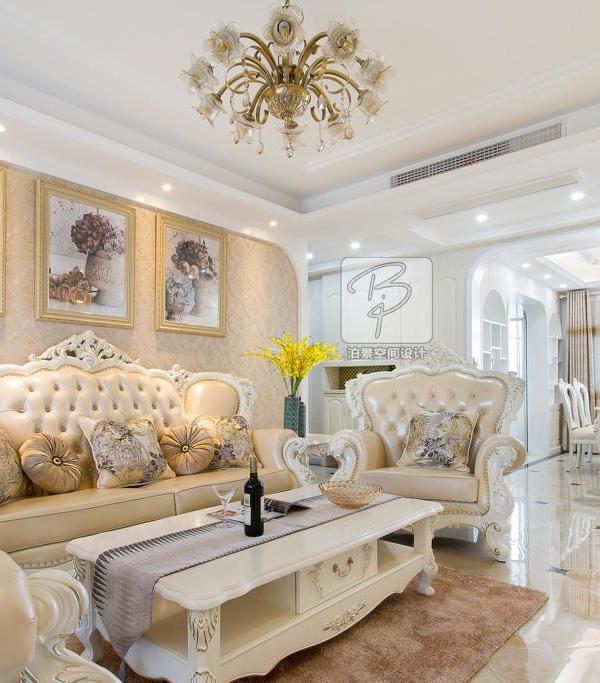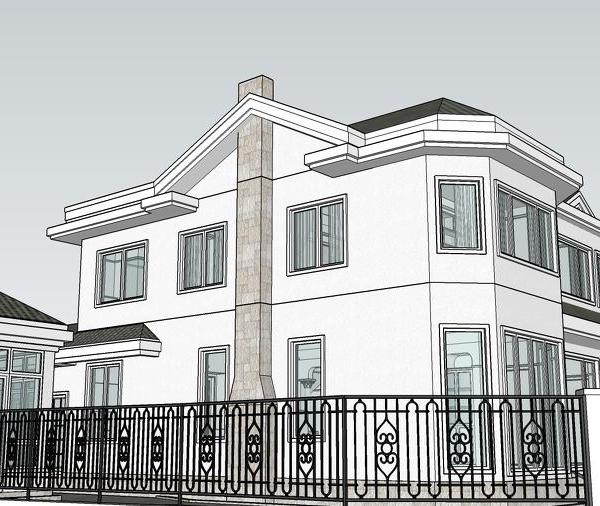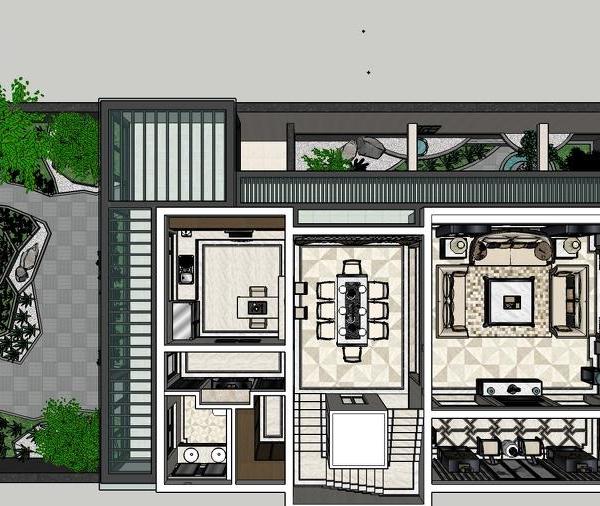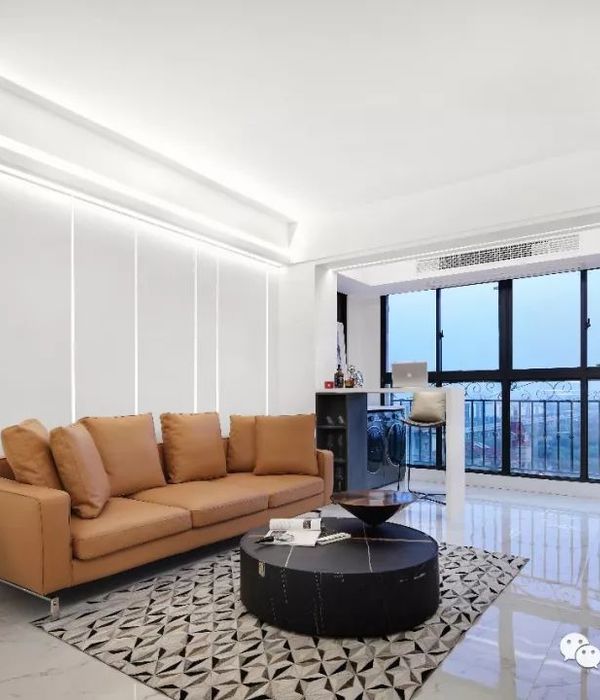- 项目名称:日本北海道O住宅
- 项目规模:112平方米
- 客户:一对夫妇
- 结构工程师:Daisuke Hasegawa & Partners
- 摄影师:Iwan Baan
- 场地面积:约2000平方米
- 建筑密度:低
- 场地东面:木材加工厂
House O / Jun Igarashi Architects
设计方:Jun Igarashi Architects
位置:日本
分类:居住建筑
内容:实景照片
结构工程师:Daisuke Hasegawa & Partners
项目规模:112平方米
图片:25张
摄影师:Iwan Baan
这是由Jun Igarashi Architects设计的O住宅。项目位于日本北海道东部一个只有7000人口的小城市。场地面积约2000平方米,建筑密度很低。场地东面是木材加工厂,西面是医院。住宅与南边北边最近的居住区都有着一定距离。
客户是一对夫妇。建筑首层布置了入口门厅、仓库入口、起居室、厨房、客房、卧室、边房、洗衣房、洗漱间和浴室。客户并不想过路人能望到住宅室内,不管是哪一层。
因此建筑师采用了规整的方形平面来布置房间,而这种平面可构成走廊和不同朝向和视线的房间两种功能空间。最小的房间也可布置在有利的位置和朝向。日入,厨房可以布置在可眺望花园的地方。
住宅约10米高,根据房间的功能,其层高有所不同。各房间以最高的客厅为中心,层高较低。在场地的某些特定点看,住宅看起来就像是对称的,而移动一步后再看又有所不同,从而达到“移步换景”的效果。
建筑时间:2009
图片来源:Iwan Baan
译者: 艾比
About the Site
The site sits in Northern Japan, in a small city of Eastern Hokkaido with a mere population of 7000. The forestry industry has been lasting since long ago, however depopulation advances while the factory industry declines. The house sits on a large site of about 2000 square meter in such a city. Building density in the area is very low, a unique cityscape in Japan. To the East, across the street, there is a wood factory, to the West, a hospital. The house has quite a distance from the nearest neighbors sitting to the South and North making it difficult to draw from the context.
The Program
For the couple who will be residing here, the basic program is placed in; entry foyer, entry storage, family room, kitchen, guest room, bedroom, side room, wash closet, wash room, and bath. The residents do not want to feel the eyes of the passer-bys and that there is no difference in floor level.
The Project
As we begin our studies with the given condition, a rational square plan is constructed with the rooms fitted into the plan. However, we realize that this method creates extra circulation corridors and orients rooms and views in an irrational manner. The smallest plan of each program is cut out to be placed in a location and orientation that is favorable. For example, the kitchen is placed in a “selfish” way to look out to the tree garden on the site, and then connected the dinning to the kitchen. With this method, the extra circulation corridors to connect the spaces and hierarchy due to its location and orientation are omitted.
Volumetric study follows by setting all volume to 10 m high. From this point, according to the room function and area, the appropriate ceiling height is applied to each volume. Each volume becomes shorter as it sprawls from the tallest central living room. From certain points of the site, the house may look symmetrical but one step over, the form changes; similar phenomenon to construct in nature.
日本北海道O住宅远处外观图
日本北海道O住宅近处外观图
日本北海道O住宅近处局部图
日本北海道O住宅内部图
日本北海道O住宅
{{item.text_origin}}

